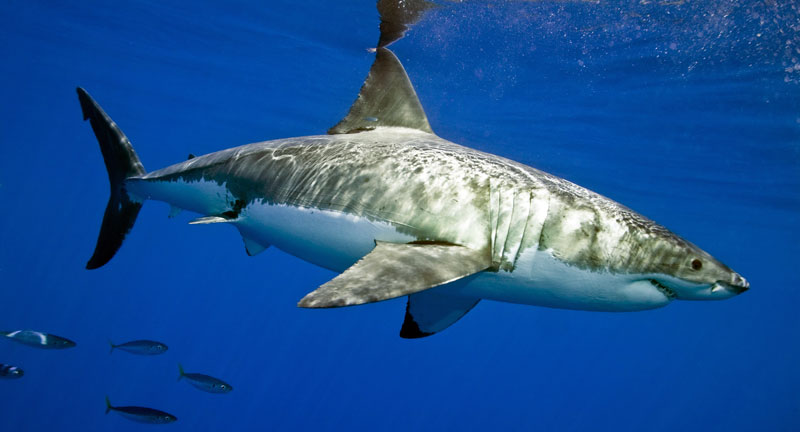California has grown considerably since the 1950’s. Even with the large growth in population, however, California’s rate of shark attacks has declined by 91 percent in the past six decades, a Stanford study concluded.
While the raw number of shark attacks has increased, the study looked at population and water recreation increases over the years and determined there has been a decline in incidents by percentage given more activity off the state’s shores. Data used in the study came from the Global Shark Attack File.
The Stanford University analysis concluded that there were 86 shark attacks in California that resulted in injury — 13 of them fatal — attributed to white sharks along the California coast from 1950 to 2013. The most dangerous waters are in Marin, Mendocino and Humboldt counties. In Marin County – which begins north of the Golden Gate – there have been 15 shark attacks from 1950 to 2013, or 17 percent of the attacks in the state. None of them were fatal.
The study is to be published later this month in Frontiers in Ecology and the Environment.
Abalone divers may be at the greatest risk, statistically. The Stanford study shows abalone diving creates the greatest exposure to shark incidents, followed by surfing, scuba diving and swimming. In 2013, the chances of a shark attack on an abalone diver were one in 1.44 million. For surfers, the chances were one in 17 million, and for scuba divers, one in 136 million. Swimmers had the lowest chance of being attacked by a shark, with one attack for every 738 million beach visits.
More information on the study can be found at the Stanford University website here.

